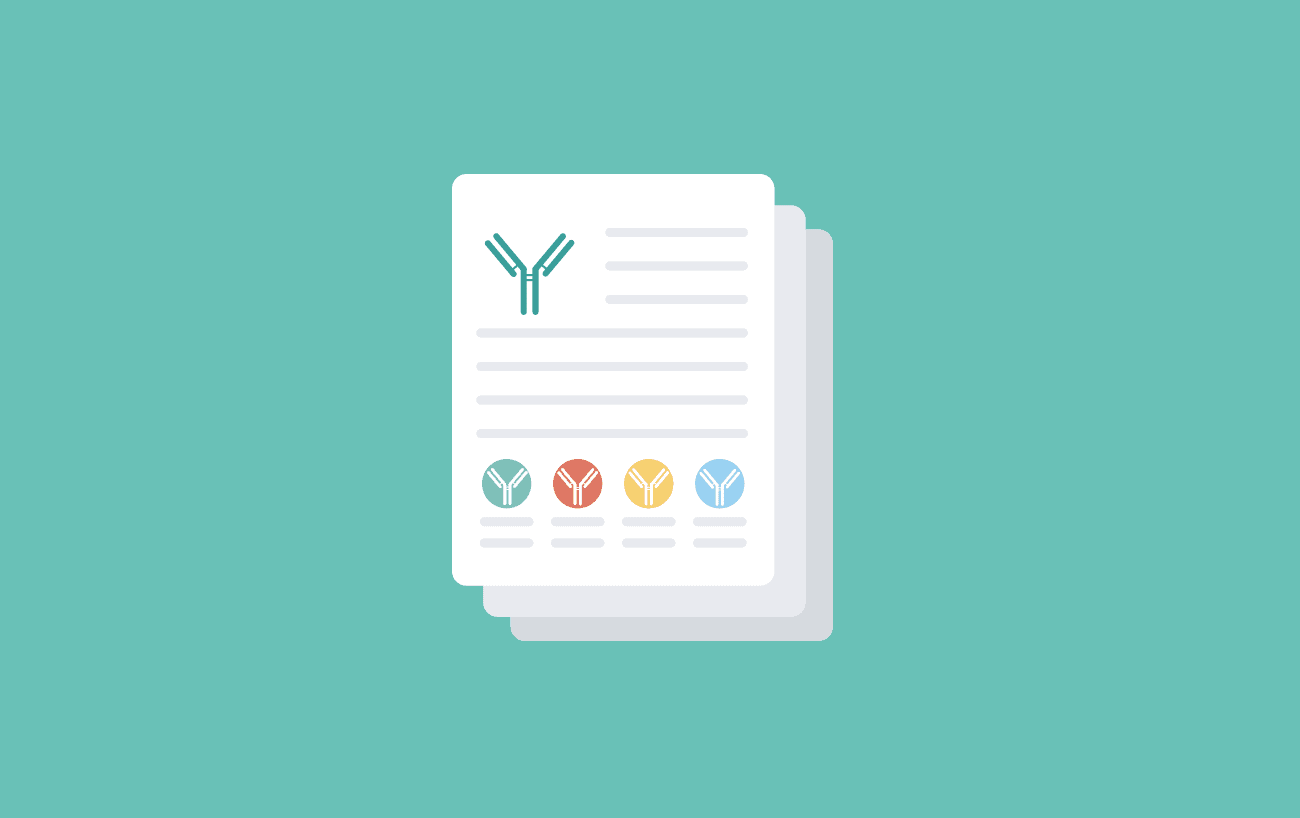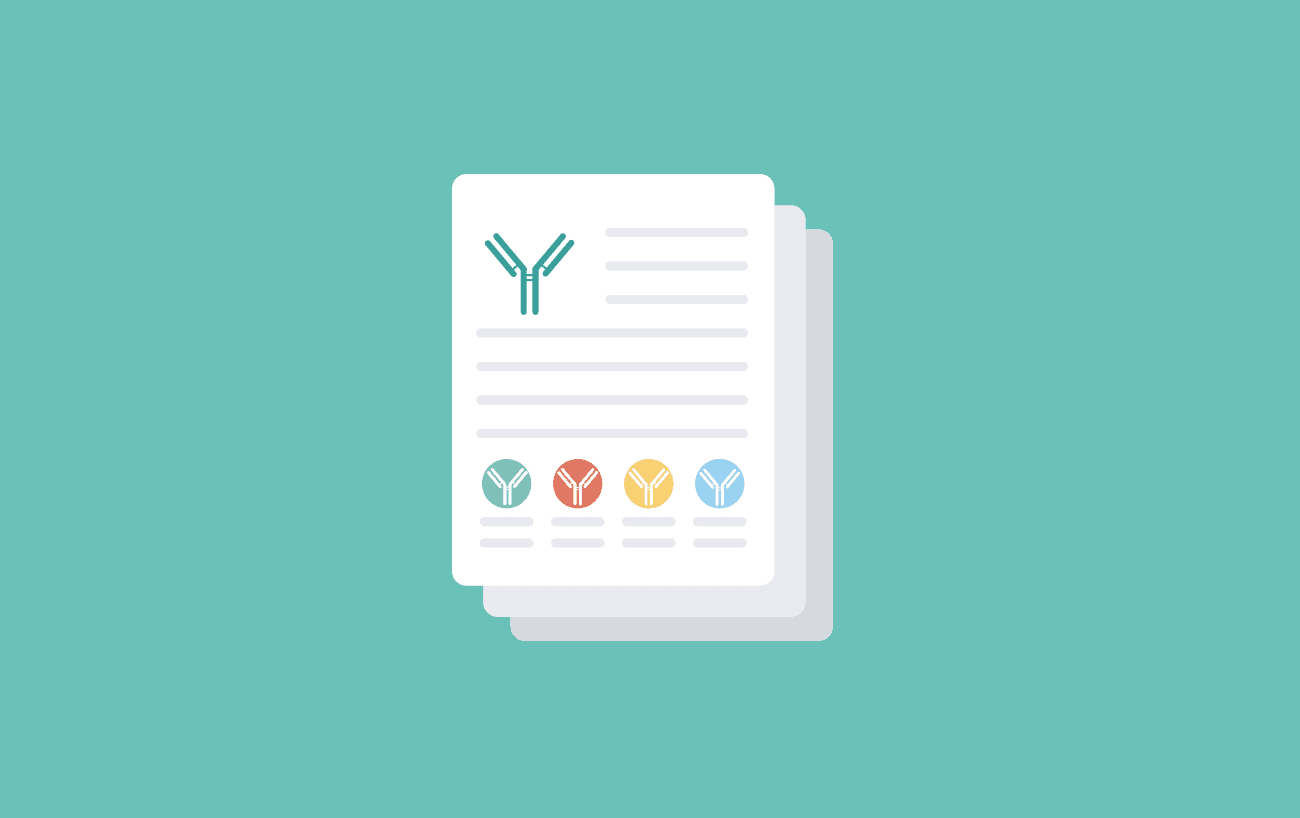Introduction
Scientific research has been revolutionized by the use of antibodies in basic research, diagnostics and as biopharmaceuticals. Antibodies were first described by Emil von Behring and Kitasato Shibasaburō in 1890. This is when they developed a serum called “antitoxin” after injecting diptheria and tetanus toxins into animals. However, it was the seminal work by Milstein and Köhler in 1975 that leads to the advancement in antibodies utility. For this reason, César Milstein and Georges Köhler shared the 1984 Nobel prize with Niels Kaj Jerne, in developing the methodology to create monoclonal antibodies.
To create a hybridoma, an antibody producing plasma cell is fused to a myeloma cell. The antibody is then cloned to the single cell. This single cell produces only one antibody clone and is thus monoclonal, or so the dogma tells us. The advantages of hybridoma derived monoclonal antibodies are that they provide an immortal source of antibody. They also offer a single specificity antibody with highly reproducible and scalable batches with low variability.
Hybridomas
However, a recent publication by Bradbury, ARM et al (mAbs Volume 10 (2018) – Issue 4) provides compelling evidence that although hybridomas may be monoclonal they are not necessarily all monospecific. Indeed of 185 hybridomas tested, 59 (31.9%) were found to contain one or more additional productive heavy or light chain. This is a significant finding as the expression of additional chains may resulted in reduced quality of the antibodies when assessed by ELISA and IHC. This include reduced specificity, binding and signal to noise ratio. Indeed, the authors go on to advocate producing antibodies recombinantly when working from a known sequence rather than a hybridoma. This way, antibodies will benefit from improved sensitivity and specificity, long term stability and improved reproducibility.
Traditional methods for sequencing antibodies (RACE, V region PCR) typically rely on prior knowledge of the heavy (α, β, ε, γ or μ) and light chain (λ or κ) with the use of specific leader sequence primers. Next generation sequencing, such as that offered by Absolute Antibody, relies on random primers with no inherent bias. It can also be performed without prior knowledge of the expected heavy and light chains to identify all possible sequences. Once the sequences have been identified, different combinations of heavy and light chains can then be produced. After, combination could be tested at small scale to identify the pair with the desired characteristics.
Sequencing of hybridomas is a prerequisite if you intend to switch to recombinant production or additional antibody engineering (changing species, isotype, subtype etc) as well as to secure the sequence in case of hybridoma loss. However, this research suggests that sequencing hybridomas is also important to identify any issues with hybridoma monospecificity which may affect antibody quality and reproducibility in the longer term.



